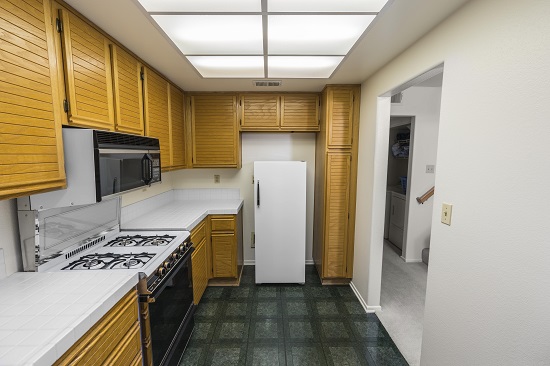When we think about saving money, we often resort to the obvious: buying cheaply. For smaller consumables, such as water or milk, this strategy is quite effective, as there are limited differences between their generic and brand-name products.But what about long-term purchases, such as dishwashers, ovens, or refrigerators? Going for the absolute inexpensive solution might not be the best overall value. Value matters with home appliances from the Brisbane Appliance Sales store.
Sacrificing Quality
Opportunity costs
These are what you give up when you choose between alternatives. So what are some opportunity costs of cheap or used appliances?
Build Quality
The build-quality of an item is directly correlated with its life-expectancy. Cheaper products generally use cheaper materials, such as plastics, in the vast majority of their construction. Whereas premium products generally incorporate sturdier metals that last long into their builds.
Maintenance and Repairs
This ties directly into building quality. What if your product stops functioning for one reason or another? You might need to repair it or replace it–both of which cost a significant amount of money. This is especially relevant if the product is pre-owned.
Energy Efficiency
This is a long-term cost. As your appliance is used, it contributes to your energy bill. For example, in order to store your food at a certain temperature at all times, a refrigerator passively uses electricity 24/7. Now, a cheap refrigerator with poor efficiency might save you money in the short-term, but it could set you back significantly in the long-run when the bills begin to add up.
Safety
An extreme compromise on price might also lead to a compromise on safety. What’s the likelihood that your appliance will catch fire due to poor construction quality or old age?
The Long-term Price
Let’s look at an example of two top-freezer fridges.
Refrigerator A:
Refrigerator A is around 10 years old and has a base price of $300.
Costs $750 in electricity every 5 years. Refrigerator A also needs to be maintained every 3 years with a maintenance cost of $80.
$300+
$750+
$80
= 5-year total: $1130
Refrigerator B
Refrigerator B is brand-new with a base price of $600.
Costs $380 in electricity every 5 years and needs to be maintained every 6 years.
$600+
$380
= 5-year total: $980
As you can see, the long-term savings are over $150! This also assumes that Refrigerator A doesn’t have more problems than just its recommended maintenance cost. What if it broke down 3 times over the course of 5 years with $80 for each repair? That’s 80% of the cost of the fridge in just maintenance! You might as well get a new one at the point–which would set you back even further.
Takeaways
The price of premium products is often daunting, but it shouldn’t scare you off completely. As we’ve seen, the biggest thing to consider is the cost of upkeep. Is it worth paying to use your product? Cheaper products usually require you to pay more long-term, and these expenses can add up quickly. The goal isn’t necessarily to find the product with the lowest possible price tag, but rather, the one with greatest overall efficiency and value.








